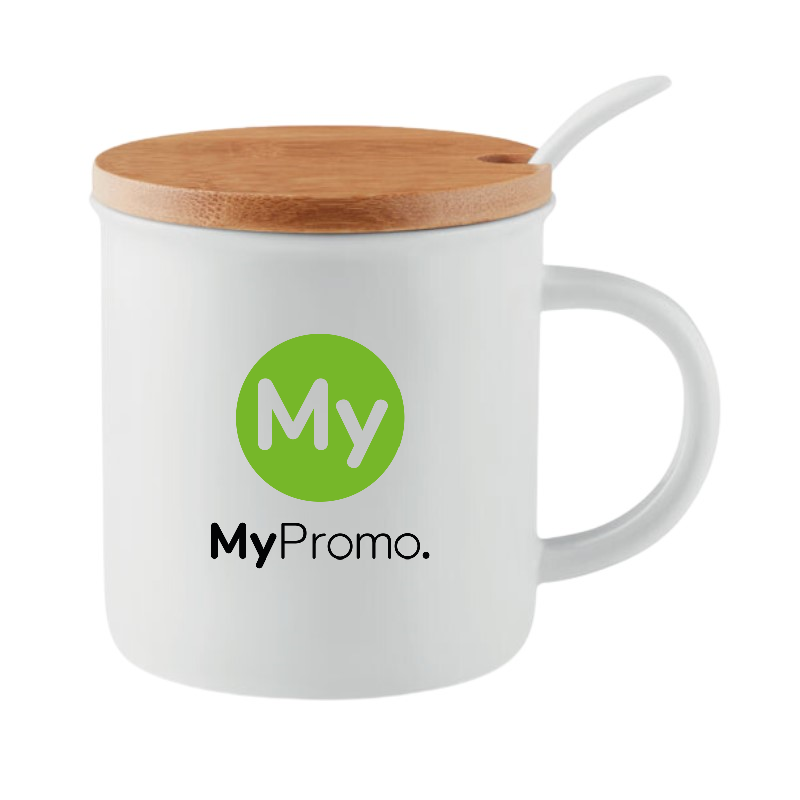Ceramic print
What is ceramic print?
Ceramic print is a specialized technique that allows for the application of images, patterns, and text onto ceramic objects such as mugs, plates, and tiles. This printing method holds a significant place in the worlds of both art and promotional gifts due to its durability and the vivid quality of the images it can produce. Historically, ceramic printing dates back to the 18th century, originating in Europe with the development of transfer techniques used on porcelain and pottery. The basic process involves preparing a ceramic item, applying a special ink or decal, and then firing the item in a kiln to permanently set the design.Tools and Materials Needed for Ceramic Print
For successful ceramic printing, a few key tools and materials are essential. You'll need ceramic inks or decals, which are specifically formulated to withstand high temperatures. A kiln is crucial for the firing process, ensuring the print melds properly with the ceramic surface. Additionally, clear glazes are often used to finish the printed item, enhancing both its appearance and durability.
Applications and Notable Examples
Ceramic print is widely used for creating custom and promotional items. From personalized ceramic mugs and commemorative plates to ornamental tiles and sophisticated corporate gifts, this technique allows for high levels of personalization. Notably, ceramic printed items are popular in the tourism sector, often featuring iconic landmarks or local scenes that appeal to visitors.
Advantages of Ceramic Printing
One of the main advantages of ceramic print is its permanence; the images do not fade or wear over time like those created with other methods. This durability makes it an excellent choice for both functional items and keepsakes. Additionally, the print quality is typically high, offering bright, clear imagery that can capture intricate details.
Comparison with Other Print Techniques
When compared to other print techniques, such as digital or screen printing on fabric or paper, ceramic print stands out for its heat and water resistance. Unlike these methods, which may degrade over time with exposure to elements, ceramic print maintains its integrity and appearance, making it ideal for items meant to last.
Challenges and Limitations
Despite its many benefits, ceramic printing does have its challenges. The process requires precise control of the firing temperature and timing to avoid defects like smudging or color distortion. Moreover, the upfront costs can be high due to the need for specialized equipment like kilns. These factors can make ceramic print less accessible for small-scale or individual creators.| Application | Description | Example |
|---|---|---|
| Personalized Mugs | Custom-printed drinkware | Mugs featuring personal photos or unique designs |
| Commemorative Plates | Plates marked with special dates or events | Plates commemorating weddings or anniversaries |
| Ornamental Tiles | Decorative elements for homes or businesses | Tiles featuring artistic patterns or company logos |
| Corporate Gifts | Sophisticated items for business promotion | Custom plates or tiles bearing a company logo |
How durable is ceramic print?
Ceramic print is highly durable. The firing process used in ceramic printing ensures that the designs are permanently affixed, making them resistant to fading, wearing, and water damage over time.
What are the common uses of ceramic print?
Ceramic print is commonly used for creating customized and promotional items such as bespoke mugs, commemorative plates, and ornamental tiles. It is also utilized for producing sophisticated corporate gifts and items featuring tourist attractions or local scenes.
What materials are needed for ceramic printing?
Essential materials for ceramic printing include ceramic inks or decals, which are specifically formulated to withstand high temperatures, a kiln for firing the items, and often clear glazes to enhance the appearance and durability of the finished products.
Can ceramic print fade over time?
No, ceramic print is known for its permanence. The images do not fade or wear out over time as they are permanently fused to the ceramic material through the firing process.
How does ceramic print compare to other printing methods?
Ceramic print is superior in terms of durability and resistance to elements such as heat and water. Unlike digital or screen printing on fabric or paper, ceramic print maintains its quality and appearance over time, making it ideal for long-lasting items.

